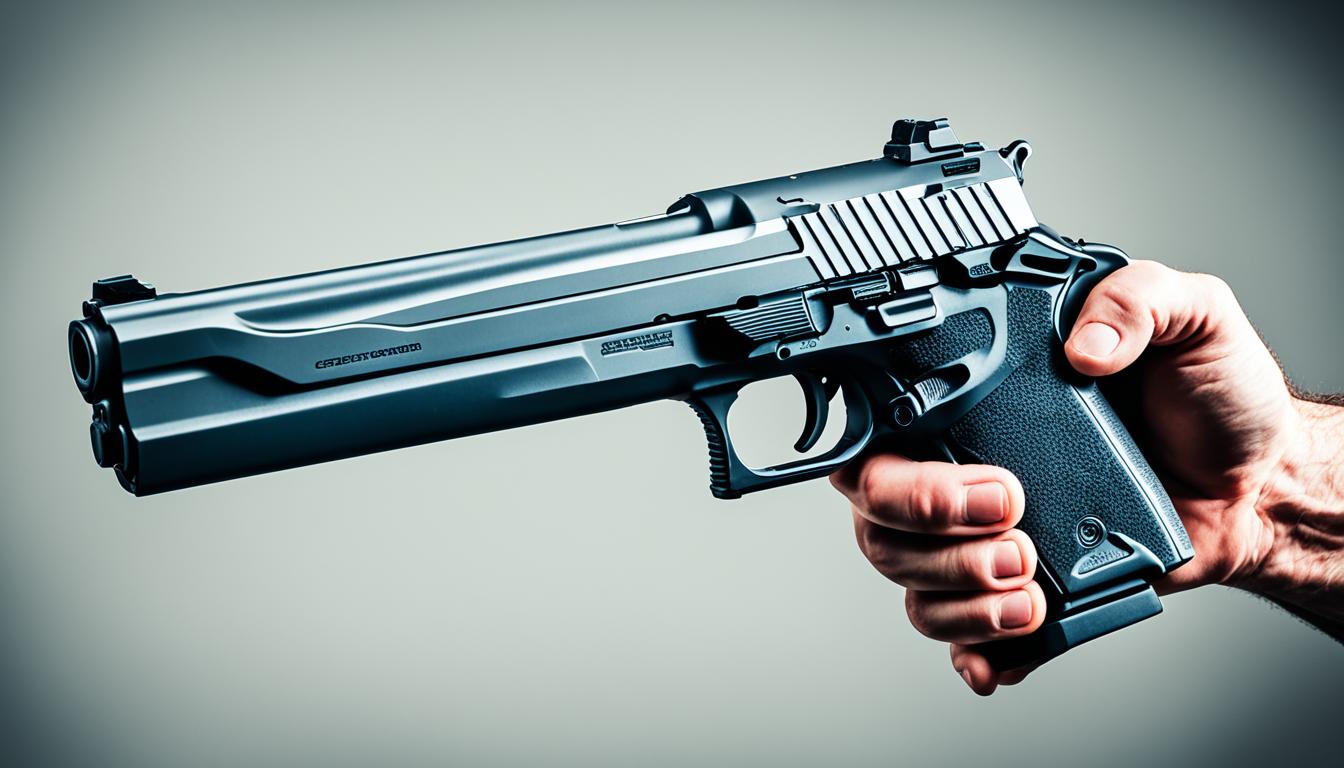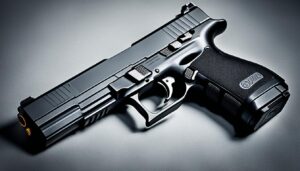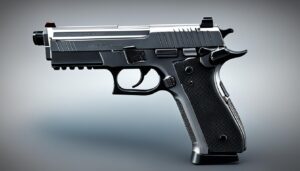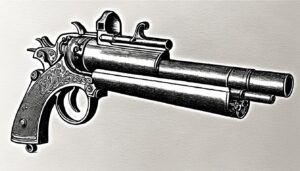Understanding the intricate details of handgun ergonomics begins with a critical, yet often overlooked element: firearm frame dimensions. The subtle interplay between physical structure and human touch influences every aspect of handling a firearm. For shooting enthusiasts, law enforcement professionals, and self-defense practitioners, the significance of pistol size categories extends beyond mere aesthetics; it is pivotal for achieving shooting comfort, mastering gun control, and honing accuracy.
A grasp on the intricacies of frame sizes, from subcompact offerings that fit in the palm of your hand to robust full-size models, empowers individuals to align their choice of firearm with their unique physical requirements and the demands of their shooting endeavors. By delving into these dimensions, one gains the invaluable ability to select a weapon that feels like an extension of oneself – a crucial factor in the world of precision and safety.
Understanding Handgun Frame Size and its Impact on Users
When it comes to selecting a firearm, understanding the ins and outs of handgun frame measurements is crucial. The dimensions of a pistol, including grip size and overall proportions, are more than mere numbers; they translate to real-world comfort, control, and accuracy for the shooter. Let’s delve into how these factors intertwine to influence your shooting experience.
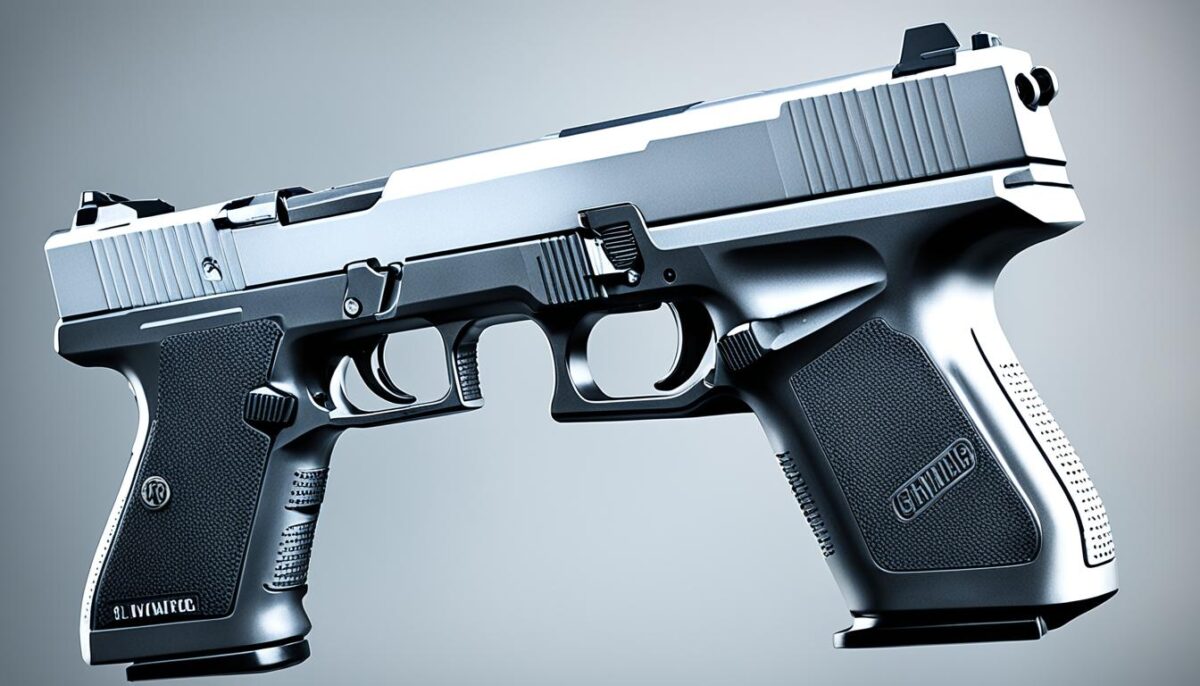
Defining Frame Size in Handguns
The intricacies of pistol grip size and frame dimensions are foundational for any shooter aiming for a personalized handgun fit. The circumference of the grip, the distance to the trigger, and the length and height of the weapon collectively dictate whether a handgun falls into the subcompact, compact, or full-size category. These standard handgun dimensions are not arbitrary but reflect the intended use, such as for concealed carry or law enforcement duty.
How Frame Size Affects Handling and Comfort
For those long hours at the range, grip comfort is not a luxury; it’s a necessity. A well-suited frame size offers a shooting grip that mitigates muscle strain, paving the way for a more pleasing and effective shooting session. Shooters with smaller hands often find solace in the more manageably-sized grips of compact models, whereas larger frames provide a robust surface area that enhances control and stability.
The Correlation Between Frame Size and Recoil
A significant part of shooting proficiency lies in recoil management. The mass and grip area of a larger-frame handgun tend to absorb and distribute the firearm recoil force more effectively, contributing to improved shooting stability. On the flip side, shooters wielding smaller, lighter firearms might experience a sharper kickback, which can challenge accuracy and the shooter’s ability to quickly realign sights for subsequent shots.
Frame Size Mean Hand Guns: Selecting the Right Fit
Selecting a handgun that feels like a natural extension of your arm is crucial, not just for comfort but for effective use in personal defense or target shooting. For many, a personal defense firearm is about finding that custom handgun fit—ensuring the piece you choose aligns perfectly with your hand size, intended application, and personal comfort. Whether for concealed carry or home defense, the way your firearm sits in your hand can make all the difference when the time comes to use it.
The process of choosing the right handgun should always involve hands-on experience. Prospective owners are encouraged to handle various firearms, paying close attention to how different frame sizes feel in their grip. Should the opportunity arise, test-firing these handguns can provide invaluable feedback on the balance and ergonomics of each model. This step cannot be overstated, as it can significantly impact your ability to act with confidence and precision.
Moreover, input from seasoned professionals provides an additional layer of discernment. Engaging with firearms instructors, seasoned shooters, or knowledgeable gunsmiths can help identify nuances in fit and use that might not be immediately apparent. Resources such as ‘The Concealed Carry Manual,’ ‘The American Rifleman,’ and ‘Personal Defense World’ also serve as rich sources of information, offering expert perspectives on everything from the latest in handgun ergonomics to personalized advice for concealed carry options. Ultimately, the goal is clear: to guide you toward a firearm that not only meets your needs but does so with the assurance of safety, proficiency, and ease-of-use.

